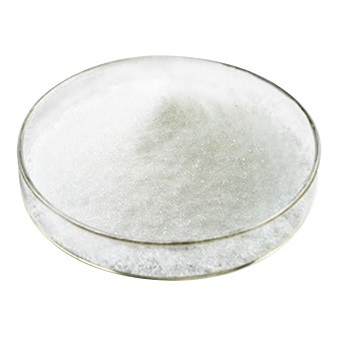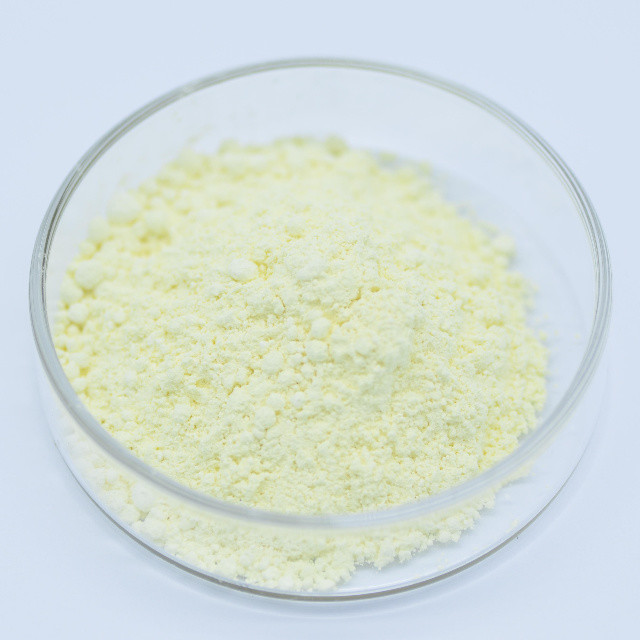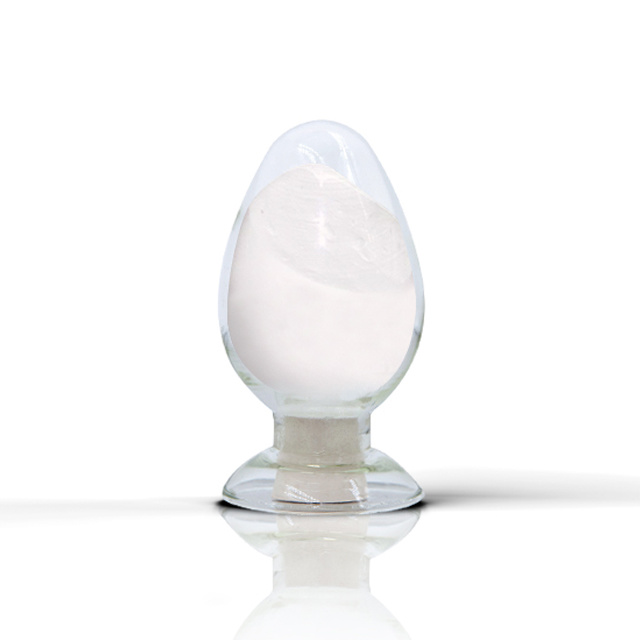
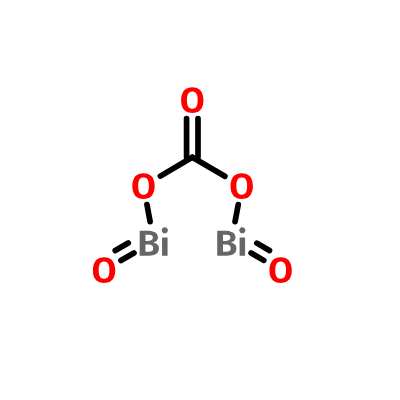
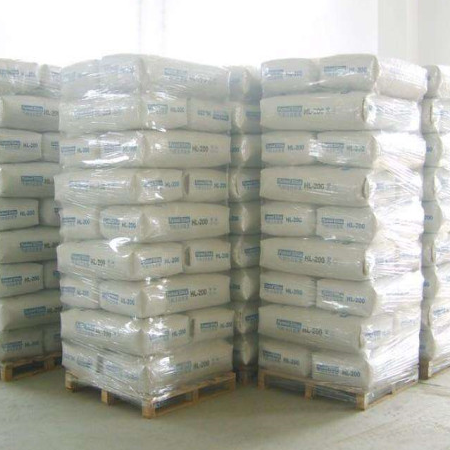
Bismuth subcarbonate CAS 5892-10-4
Category:
Product Description
Product Details
Introduction:
Bismuth subcarbonate, also known as bismuth oxycarbonate or bismuthyl carbonate, is a fine white to yellowish white powder that is insoluble in water and is known for its light-sensitive properties.
Bismuth subcarbonate (USP)
| Item | Specification | Typical Value |
Apperiance | White Powder | Confirm |
| Solubility | Almost insoluble in water and 96% ethanol | Confirm |
Identification | A. Carbonate | Pass |
| B. Bismuth | Pass | |
| Solution Appearance | Tested | Pass |
Chloride | ≤500ppm | ≤500ppm |
| Nitrates | ≤0.4% | ≤0.4% |
| Alkali and alkaline earth metals | ≤1.0% | 0.4% |
Arsenic | ≤5ppm | <1ppm |
Copper | ≤50ppm | <1ppm |
Lead | ≤20ppm | <1ppm |
| Silver | ≤25ppm | <1ppm |
Loss on drying | ≤1.0% | 0.1% |
Bismuth content (dry basis) | 80.0-82.5% | 81.4% |
Bismuth subcarbonate (USP)
| Item | Specification | Typical Value |
Apperiance | White Powder | Confirm |
Identification | A. Carbonate | Pass |
| B. Bismuth | Pass | |
| Nitrates | ≤0.4% | ≤0.4% |
Loss on drying | ≤1.0% | 0.1% |
Chloride | ≤500ppm | ≤500ppm |
Arsenic | ≤5ppm | <1ppm |
Copper | ≤50ppm | <1ppm |
Lead | ≤20ppm | <1ppm |
| Silver | ≤25ppm | <1ppm |
| Alkali and alkaline earth metals | ≤1.0% | 0.4% |
Bismuth Subcarbonate Content (Dry Basis) | 97.6-100.7% | 99.3% |
Application:
Bismuth subcarbonate is primarily used to treat ulcers and other gastrointestinal diseases caused by Helicobacter pylori. The main targets of this compound are bacterial pathogens, including Helicobacter pylori, Escherichia coli, Salmonella, Campylobacter jejuni, and Clostridium difficile.
Keyword:
Send Inquiry
Leave a message immediately and receive free product consultation. We will arrange experts to contact you as soon as possible.


